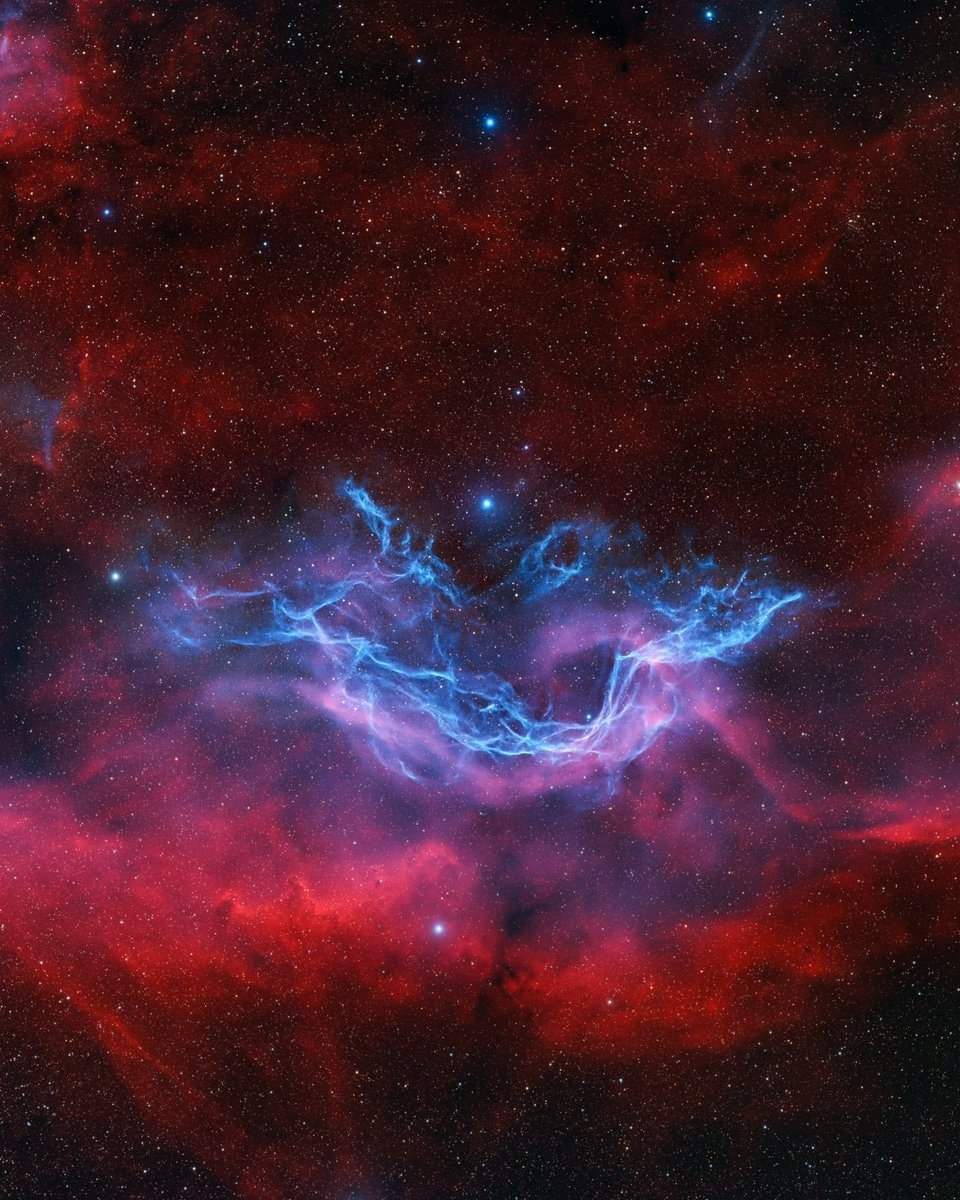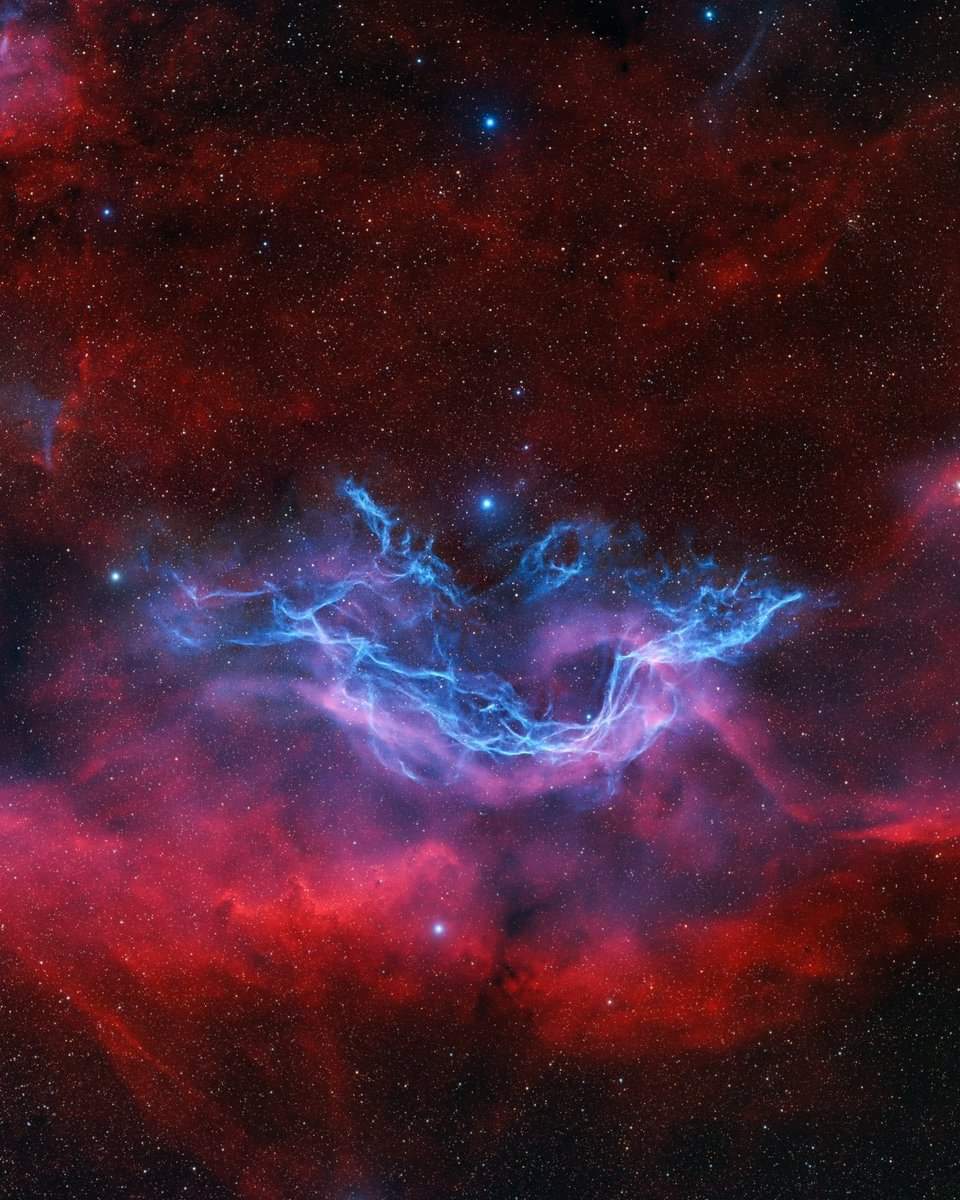Gold at the Heart of Stars and the Galaxy....

Gold at the Heart of Stars and the Galaxy:
A Cosmic Story
Introduction
Gold, one of the most precious and coveted metals by humanity, is more than just a symbol of wealth. Its formation and existence are intimately linked to the evolution of stars and our galaxy. This article explores the mysteries of gold's creation at the heart of stars and its journey through the galaxy.

■ I. Gold formation in stars
1. Stellar nucleosynthesis
The formation of gold, like that of all chemical elements, is the result of a process called "nucleosynthesis." Stellar nucleosynthesis is the process by which chemical elements are created from nuclear reactions within stars. Light elements, such as hydrogen and helium, are produced during the initial phase of a star's life, called "nuclear fusion."
2. Nuclear fusion and heavy elements
However, the production of heavy elements, such as gold, requires extreme conditions. Nuclear fusion, which occurs when light atomic nuclei combine to form heavier nuclei, releases considerable energy. This energy is what allows a star to shine and counterbalance the force of gravity that seeks to make it collapse.
As nuclear fusion continues, heavier elements gradually form. However, the production of elements like gold requires even more extreme conditions than those present in an ordinary star.
3. Supernovae and neutron star collisions
The conditions necessary for the formation of gold are only achieved during cataclysmic astronomical events, such as supernovae and neutron star collisions.
A supernova is the massive explosion of a dying star. This explosion releases considerable energy and creates an environment conducive to the formation of heavy elements, including gold. However, supernovae are not the primary contributor to gold production in the Universe.
Neutron star collisions, on the other hand, are much more efficient at creating gold. Neutron stars are extremely dense objects, resulting from the collapse of massive stars following a supernova. When two neutron stars collide, they release a phenomenal amount of energy and create an even more extreme environment than that of a supernova, allowing the formation of heavy elements such as gold. Moreover, these collisions produce jets of matter that are ejected into space at speeds close to that of light, thereby dispersing the newly formed elements throughout the galaxy.
■ II. Gold in the galaxy
1. Dispersion of elements
After gold is formed during cataclysmic events such as supernovae and neutron star collisions, this precious element is dispersed throughout the galaxy. Gas and dust clouds enriched in heavy elements can then form new stars and planetary systems, including our own solar system.
2. Formation of the solar system and Earth
About 4.6 billion years ago, our solar system formed from a rotating cloud of gas and dust. This cloud contained heavy elements, such as gold, which had been produced during previous astronomical events and dispersed through space.
As the cloud collapsed under the force of its own gravity, it formed a protoplanetary disk and, eventually, the various planets and other celestial bodies that make up our solar system. Earth formed from the matter of this disk, including heavy elements like gold.
3. Gold on Earth
The gold present on Earth mainly comes from the formation of our planet 4.6 billion years ago. During Earth's formation, gold and other heavy elements were incorporated into the Earth's crust and mantle. Geological processes, such as volcanism, erosion, and sedimentation, then contributed to concentrating gold in exploitable deposits.
Gold is a fascinating element, whose formation and presence are inextricably linked to the mysteries of the evolution of stars and our galaxy. Extreme conditions during cataclysmic astronomical events, such as supernovae and neutron star collisions, allow for the creation of this precious element. Its dispersion throughout the galaxy and its incorporation into our solar system and our planet speak to the incredible cosmic history of gold. Thus, when we admire the shine of gold, we are actually gazing upon a piece of stellar and galactic history.


